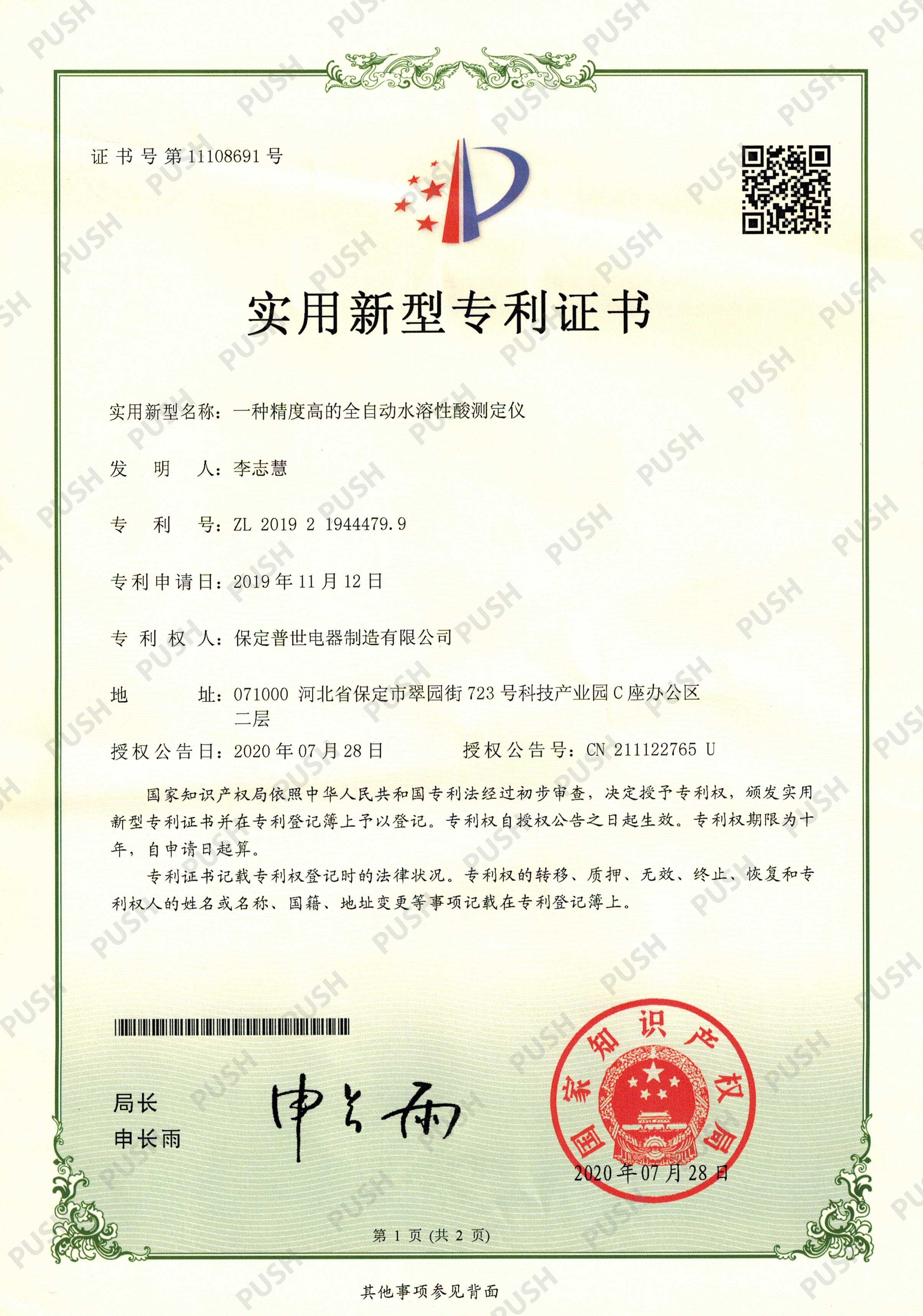 English
English



-
 Afrikaans
Afrikaans -
 Albanian
Albanian -
 Amharic
Amharic -
 Arabic
Arabic -
 Armenian
Armenian -
 Azerbaijani
Azerbaijani -
 Basque
Basque -
 Belarusian
Belarusian -
 Bengali
Bengali -
 Bosnian
Bosnian -
 Bulgarian
Bulgarian -
 Catalan
Catalan -
 Cebuano
Cebuano -
 China
China -
 China (Taiwan)
China (Taiwan) -
 Corsican
Corsican -
 Croatian
Croatian -
 Czech
Czech -
 Danish
Danish -
 Dutch
Dutch -
 English
English -
 Esperanto
Esperanto -
 Estonian
Estonian -
 Finnish
Finnish -
 French
French -
 Frisian
Frisian -
 Galician
Galician -
 Georgian
Georgian -
 German
German -
 Greek
Greek -
 Gujarati
Gujarati -
 Haitian Creole
Haitian Creole -
 hausa
hausa -
 hawaiian
hawaiian -
 Hebrew
Hebrew -
 Hindi
Hindi -
 Miao
Miao -
 Hungarian
Hungarian -
 Icelandic
Icelandic -
 igbo
igbo -
 Indonesian
Indonesian -
 irish
irish -
 Italian
Italian -
 Japanese
Japanese -
 Javanese
Javanese -
 Kannada
Kannada -
 kazakh
kazakh -
 Khmer
Khmer -
 Rwandese
Rwandese -
 Korean
Korean -
 Kurdish
Kurdish -
 Kyrgyz
Kyrgyz -
 Lao
Lao -
 Latin
Latin -
 Latvian
Latvian -
 Lithuanian
Lithuanian -
 Luxembourgish
Luxembourgish -
 Macedonian
Macedonian -
 Malgashi
Malgashi -
 Malay
Malay -
 Malayalam
Malayalam -
 Maltese
Maltese -
 Maori
Maori -
 Marathi
Marathi -
 Mongolian
Mongolian -
 Myanmar
Myanmar -
 Nepali
Nepali -
 Norwegian
Norwegian -
 Norwegian
Norwegian -
 Occitan
Occitan -
 Pashto
Pashto -
 Persian
Persian -
 Polish
Polish -
 Portuguese
Portuguese -
 Punjabi
Punjabi -
 Romanian
Romanian -
 Russian
Russian -
 Samoan
Samoan -
 Scottish Gaelic
Scottish Gaelic -
 Serbian
Serbian -
 Sesotho
Sesotho -
 Shona
Shona -
 Sindhi
Sindhi -
 Sinhala
Sinhala -
 Slovak
Slovak -
 Slovenian
Slovenian -
 Somali
Somali -
 Spanish
Spanish -
 Sundanese
Sundanese -
 Swahili
Swahili -
 Swedish
Swedish -
 Tagalog
Tagalog -
 Tajik
Tajik -
 Tamil
Tamil -
 Tatar
Tatar -
 Telugu
Telugu -
 Thai
Thai -
 Turkish
Turkish -
 Turkmen
Turkmen -
 Ukrainian
Ukrainian -
 Urdu
Urdu -
 Uighur
Uighur -
 Uzbek
Uzbek -
 Vietnamese
Vietnamese -
 Welsh
Welsh -
 Bantu
Bantu -
 Yiddish
Yiddish -
 Yoruba
Yoruba -
 Zulu
Zulu
short circuit test of a single phase transformer
Short Circuit Test of a Single Phase Transformer
The short circuit test is a critical procedure in the testing and evaluation of a single-phase transformer. This test is primarily conducted to determine the transformer’s voltage drop, copper losses, and short circuit impedance, which are essential for ensuring the reliable operation of the transformer in various applications. A thorough understanding of the short circuit test process and its implications can be beneficial for engineers and technicians in the electrical field.
To begin with, the short circuit test is performed to assess the behavior of the transformer when it is subjected to shorted secondary winding conditions. In this test, the secondary side of the transformer is shorted, while the primary side is connected to a voltage source. The voltage supplied to the primary winding is gradually increased until the rated current flows through the primary side. This process allows for the measurement of the current, voltage, and power, which are essential for calculating various parameters of the transformer.
One of the primary purposes of the short circuit test is to determine the copper losses of the transformer. Copper losses occur due to the resistance in the windings when current flows through them. By measuring the input power during the short circuit condition, it is possible to calculate the copper losses, which can be expressed in terms of the resistive heating in the windings. The formula for copper losses is given by \( P_{\text{cu}} = I^2 R \), where \( I \) is the current flowing through the winding and \( R \) is the resistance of the winding.
Additionally, the short circuit test allows engineers to determine the short circuit impedance of the transformer, which is crucial for understanding its performance during fault conditions. Short circuit impedance is defined as the ratio of the applied voltage to the short circuit current and is expressed as a percentage. This impedance provides insight into how the transformer will behave under short circuit conditions, including its ability to limit fault currents and protect itself from damage.
short circuit test of a single phase transformer

Another significant aspect of the short circuit test is its role in determining the percentage of voltage regulation of the transformer. Voltage regulation is a measure of how much the output voltage changes as the load varies. It is essential for maintaining stable voltage levels in electrical systems to ensure the proper functioning of connected devices. By understanding the short circuit impedance, engineers can assess the voltage regulation capabilities of the transformer and make necessary adjustments to improve performance.
In conducting the short circuit test, safety precautions must be taken, as the test involves high currents that could potentially lead to hazardous situations
. Proper insulation, protective gear, and equipment ratings must be ensured to prevent accidents and guarantee a safe testing environment.While the short circuit test provides valuable insights into the performance characteristics of a single-phase transformer, it is often conducted in conjunction with other tests, such as the open circuit test. The combination of these tests offers a comprehensive understanding of the transformer’s operational efficiency and reliability.
In summary, the short circuit test is an essential procedure for evaluating the performance and reliability of a single-phase transformer. By analyzing copper losses, short circuit impedance, and voltage regulation, engineers can ensure that transformers are operating within safe and effective parameters. This knowledge not only enhances the lifespan of the transformer but also contributes to the overall efficiency and reliability of electrical systems.
-
Testing Equipment Industry Sees Major Advancements in 2025: Smart & Precision Technologies Lead the WayNewsJun.06,2025
-
Applications of Direct Current Generators in Renewable Energy SystemsNewsJun.05,2025
-
Hipot Tester Calibration and Accuracy GuidelinesNewsJun.05,2025
-
Digital Circuit Breaker Analyzer Features and BenefitsNewsJun.05,2025
-
Benefits of Real-Time Power Quality Monitoring Devices for Industrial EfficiencyNewsJun.05,2025
-
Earth Fault Loop Testing in High-Rise Building Electrical SystemsNewsJun.05,2025



